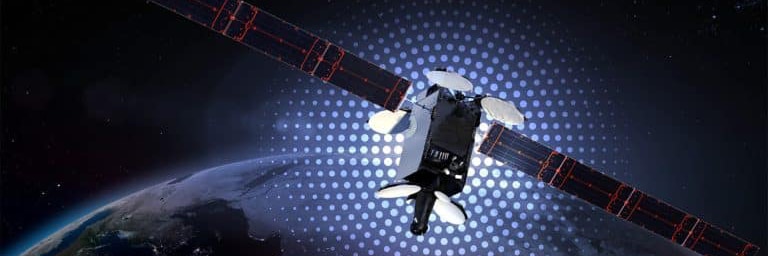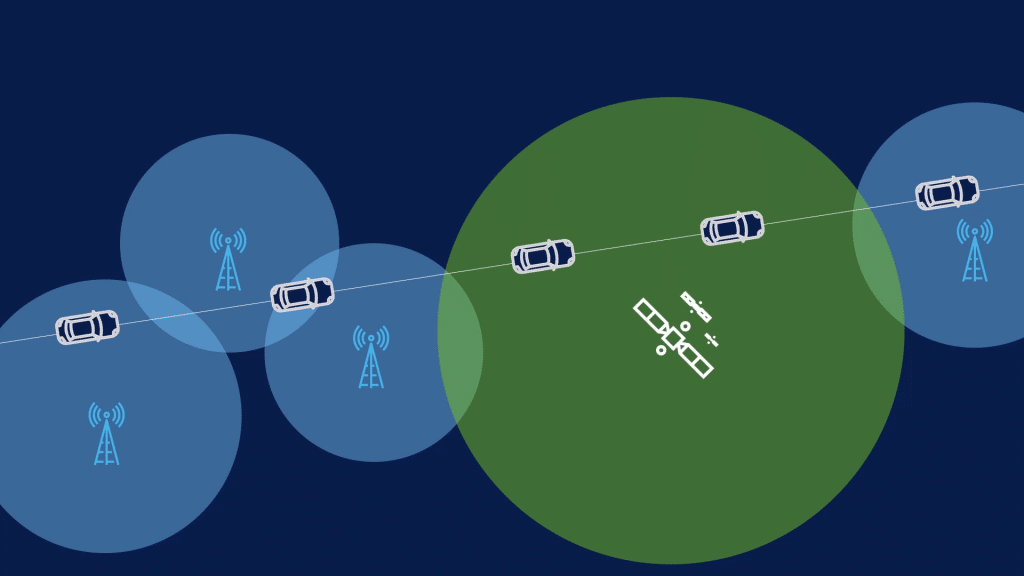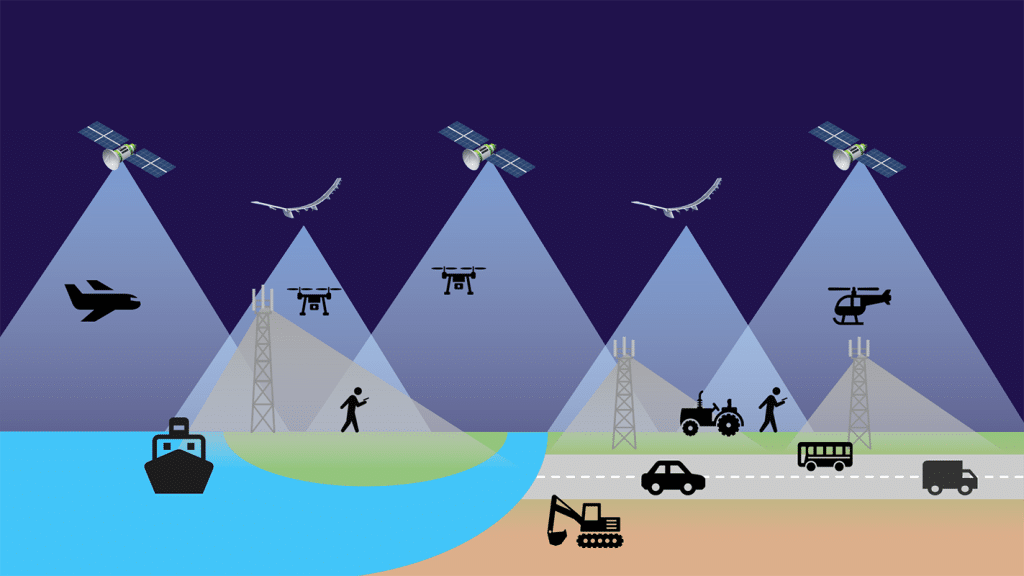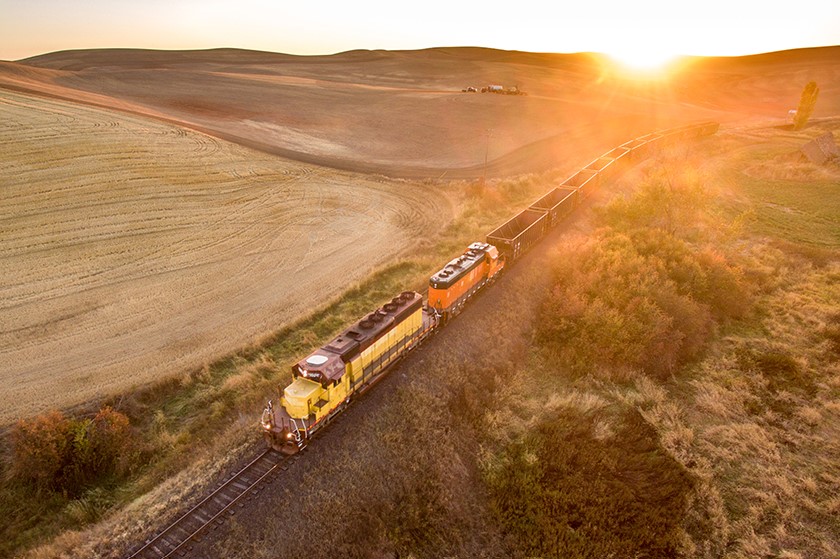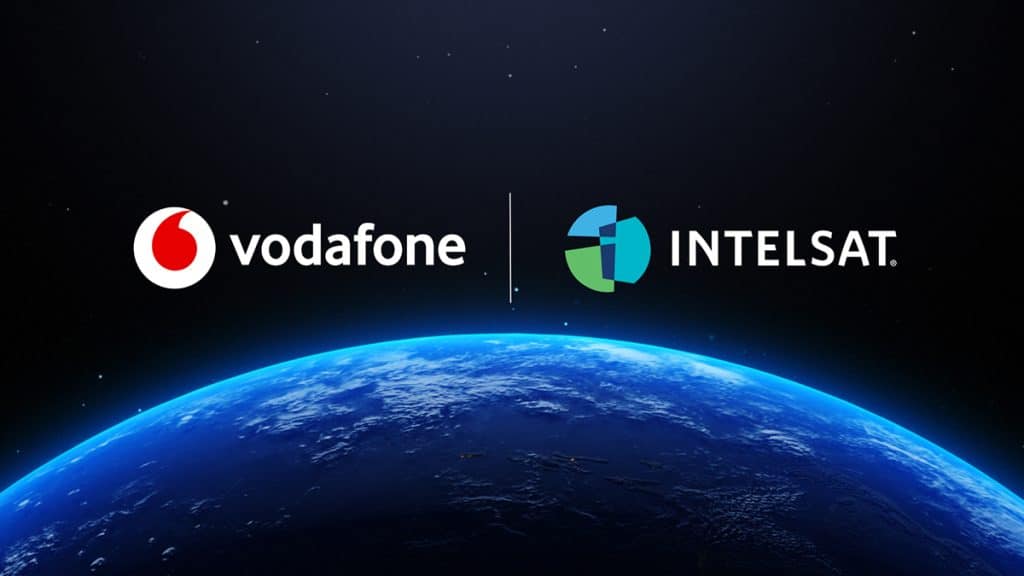MSUA Game Changers Webcast – Technological Advances Behind the Mobile Satellite Connectivity
Roger Lanctot, MSUA President & Scott Congdon, Market Development and Partnership Manager, Intelsat
Read time: 5 minutes
In the latest MSUA Game Changers webcast, Roger Lanctot, President of the Mobile Satellite Users Association (MSUA), hosted Scott Congdon, Intelsat’s Market Development and Partnership Manager, to discuss emerging trends in satellite and mobile connectivity.
Following a brief introduction—where Scott shared his career journey and enthusiasm for the communications industry —the discussion turned to Intelsat’s FlexMove Fleet—its applications across mining, transportation, agriculture, and construction—and how strategic collaborations and technology investments drive the industry forward.
_______________________________________________________________________________
Roger: Always working with some just amazing people in the satellite industry. It’s one of the things that attracts me to the industry. You’ll never work with a group of more dedicated and smart people as you find in the satellite industry.
Getting back to FlexMove Fleet, which we’re trying to focus on here, is it correct for me to assume that It is an upgrade to an existing Intelsat solution, or is it taking Intelsat into entirely new markets and solutions?
Scott: It’s more of the latter. Intelsat launched quite a few interesting services to focus on the land mobility space when it came to Comms-on-the-Pause and Comms-on-the-Move solutions.
However, to properly serve the fleet environment, you needed a different solution. You needed a different platform and a different sort of user terminal that was more appropriately sized and priced for the market that needed to buy thousands of them to be deployed across a fleet, whether you’re the fleet operator or the heavy equipment OEM that wanted to include that as a service.
The FlexMove Fleet focuses on those needs either at the OEM or fleet operator level, targeting agriculture, mining, construction, and the transport industry. It has flavors of what we did previously, but it’s a new service and solution.
Roger: You’re on some travel coming up next week. Is that related to FlexMove Fleet?
Scott: It is. We’re working with a global construction heavy equipment company; we’ve done similar types of proof of concept and deployments with other heavy equipment manufacturers across the globe. Usually, it’s in Brazil, the US, and Europe initially, but with an eye toward where else they need this sort of capability.
Roger: Those vehicles tend to operate in places where the cellular networks don’t reach, right? And there is this importance of always having connectivity.
Scott: Brazil, uniquely, is an ideal market for satellite technology. I assume you agree with that.
Roger: Absolutely.
Scott: Our pioneer customer, with whom we launched FlexMove Fleet, is the big agricultural construction equipment manufacturer CNH. In the initial market we’re serving with them, we’re rolling out the services in Brazil.
Brazil is a very large land mass country. You have farms the size of the US state of Minnesota, where less than ten percent of that entire farm operation has reached a cellular network. So it is satellite or nothing. And it’s a natural fit.
Roger: So, in your estimation, what sets FlexMove Fleet apart from competing solutions, and what did it take for Intelsat to bring this solution to the market?
Scott: It was constructed and viewed as needing to be an enterprise-grade solution from inception, from architecture through rollout through support. With that focus on an enterprise-grade solution, we started with the assumption that we needed to have multiple layers and multiple orbit network connectivity to drive the right solution for these very special users, these fleet users.
As a complement to the existing cellular networks that may or may not be there, we layer the reliability of Intelsat’s terrestrial and satellite networks into the solution.
Then, we can also layer non-geostationary satellites into the same connectivity platform.
We deliver it through an IP connection, not a messaging-based platform, but an IP stream connection. So, the user has the same experience of transmitting applications and data as they do from a cell phone connection, but it now just transits through a satellite. So that’s on the architecture side of it. Then, you need to start looking at what the terminals are. Because no one-size-fits-all’s going to meet the needs of every potential fleet user.
So, you have to work with a number of technology partners to solve the size, price, and performance puzzle and bring to market a terminal that fits the need, the pocket, and the SAE standards.
It will be able to perform in very ruggedized marketplaces where there’s dust, vibration, and all sorts of difficulties that could damage a user-grade, consumer-grade terminal. Instead, that terminal can survive because we are reaching vibration and thermal thermals related to the environment embedded into the terminal’s design.
It’s not going to break the first time out.
Because it is an enterprise customer, you have to support networks that meet the expectations of an enterprise user. So, there have to be platforms that drive the network’s performance and give the user a chance to look into what is happening with their particular connection.
How quickly can we activate, deactivate, or manage a terminal on the network? How quickly can you alert Intelsat support, a globally based organization? It’s done in multiple languages and multiple locations to help customers in various regions of the world identify and resolve a problem that may be occurring with that customer’s connection. So, it’s important that you have an enterprise-grade support organization.
Lastly, it’s all about planning for the future as well. Intelsat is very engaged with the organization on a global scale to ensure that our future roadmap and desire to integrate five g technology in non-terrestrial networks is compatible with terrestrial-based networks. As technology evolves to chipsets and core networks, five g talks to five g regardless of which network and which terrestrial or non-terrestrial platform it resides on, and you benefit from the scalability of five g technology across all. And we’re very involved in ensuring that we’re part of that progression as we come to market with true global 5G solutions.
So it all sounds simple. We make it look easy.
But what is the current state of enterprise connectivity? Do customers know what they want? Do they need to be educated? Are there new possibilities and opportunities?
The end customer doesn’t know what they want. They know they need connectivity, but they don’t care how it’s delivered, right?
What we’re doing behind the curtain is of no consequence to the end customer unless they have reliable, high-performing connectivity that they’re willing to pay for, right? The education is more about calming them down. They don’t have to think about managing yet another network.
Or having multiple pieces of hardware on a vehicle to maintain connectivity. We have to make it simple for them.
And what happens in that transition between terrestrial and satellite-based connectivity is of no consequence. Their reach, their ability to communicate to that vehicle, wherever it may be, is possible.
Roger: Oh, and now I feel bad because I failed to mention at the beginning of this conversation that Intelsat won a mobile satellite innovation award for this solution. Congratulations on the award.
Where would I find more information regarding the Intelsat and FlexMove Fleet?
Scott: Our marketing organization ensures our messaging is always at the forefront and available.
If you go to our corporate website you’ll find out about all the great things that Intelsat does and offers to the market across all of our focus market segmentations, including land mobility. Then, the website dedicates a specific area to land mobility, including a segment about the FlexMove Fleet.
Roger: That’s great, Scott. Thank you. I want to thank the Mobile Satellite Users Association for hosting these sessions.
You can learn more about the MSUA at MSUA.org. There, you can also learn how to get our weekly newsletter, which updates you on industry news and shares information about upcoming events. You can also find out how to become a member.
We look forward to seeing you on MSUA’s Game Changer webcast next time. And, Scott, thanks for joining me.
Scott: It’s been my pleasure. Thank you.




